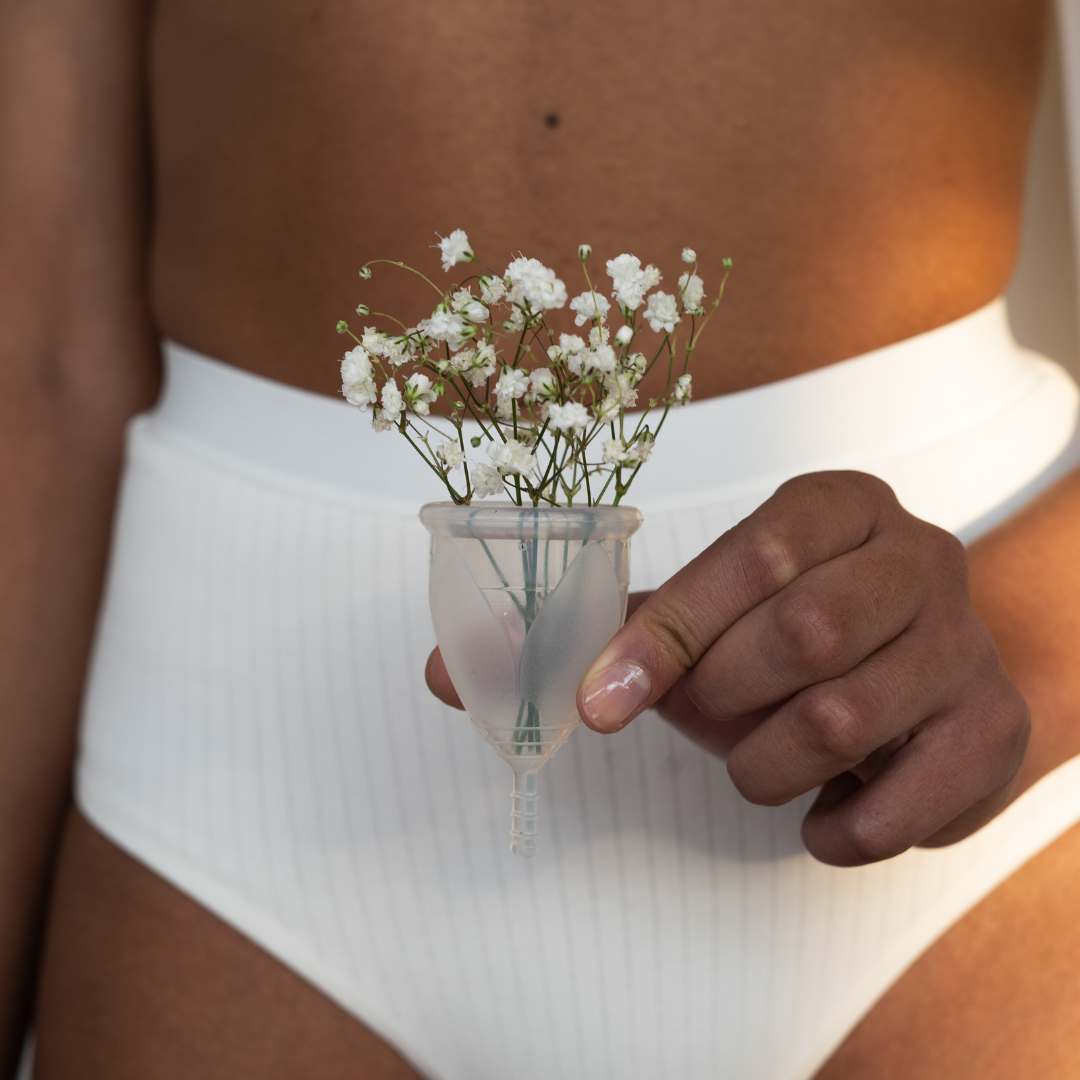Looking at living a more sustainable lifestyle and a waste-free/plastic-free one, I decided to look into feminine hygiene products such as tampons and pads. For “sustainable periods” or plastic-free one everyone recommends the cup. To be honest, I thought that tampons were plastic-free for most. Do you know why actually nowadays those hygienes products have more plastic than ever?
After trying the cup several times, I just could not go for it! It is a little bit too much for me. What are all the feminine products that are more sustainable, less wasteful? And why is it ok to not feel ready to use them?
Plastic in your intimate products:
Brace yourself because this is scary. According to natianalgeographic.com, there are way more plastics in our intimate products that we actually know. And the worst things is that we actually can’t really know. According to the website, the plastic used is called “medical waste” and is not controlled nor tracked.
“Getting a handle on how much plastic waste comes from menstrual products is tough, partially because it is labelled as medical waste and does not need to be tracked, and alsobecause so little research has even looked at the scope of the problem. But rough estimates for the likely output are staggering: In 2018 alone, people in the U.S. bought 5.8 billion tampons, and throughout a lifetime, a single menstruator will use somewhere between 5 and 15 thousand pads and tampons, the vast majority of which will wind up in landfills as plastic waste.”
Of course when you read that you begin to think not only on how much waste is there in your period products but also how unsafe it does feel.
But the future of our periods can be not only plastic-free but is getting cheaper and more accessible.
The menstrual cup:
This cup is getting more and more popular by the day. It is the must for sustainable periods. Why do people love it? here are the advantages:
- it can hold up to 3 times as much liquid as a big tampons
- the cup is reusable for 10 years
- it is waste-free
- it saves you money. Cups can sound quite expensive at first some can go up to £50 but if you look at your intimate product a woman can spend up to £60 per year. the cups being reusable for 10 years you can imagine the savings.
However, even with all of these advantages, I cannot get myself to use it. You have different size so of course you need to find yours which can take some time but still… the fact that I know the cup is inside I am just not ready. but it is okay because there are so many different options.
Organic tampon:
If you are a tampon user you might want to look more into the composition of them. In fact, most of them use applicators which are in plastic and are filled with microplastic not regulated. The toxins in our tampons are higher than ever and by law, hygiene companies do not need to disclose the full component list.
But today you have some alternatives to “traditional” single-use tampon: organic cotton ones(considered as organic tampon). They are more eco friendly however they are still single-use and cotton production in the last year as shown that it is not always the best choice.
Reusable pads:
As per tampons, pads are widely used yet women can not be sure of what they are composed of. This is a half-billion industry without any transparency or regulations. Single-use pads can be changed with renewable pads. It is getting more and more common today as they are more shapes and they are getting cheaper. In fact, according to periodaisle, you can buy your reusable pad for £40. This is an investment of course but when looking at it this is one pad reusable compare to so many you buy per year! At the end of the year you are actually saving money!
In a lot of countries still feminine hygiene products are taxed heavily by governments which not only increase the price but is getting less accessible for everyone.
It is important to understand that if you do not like on sustainable period change you still have others available. It is also ok to not feel ready to do this jump, it is not about being perfect but trying our best to reduce our carbon footprint!


